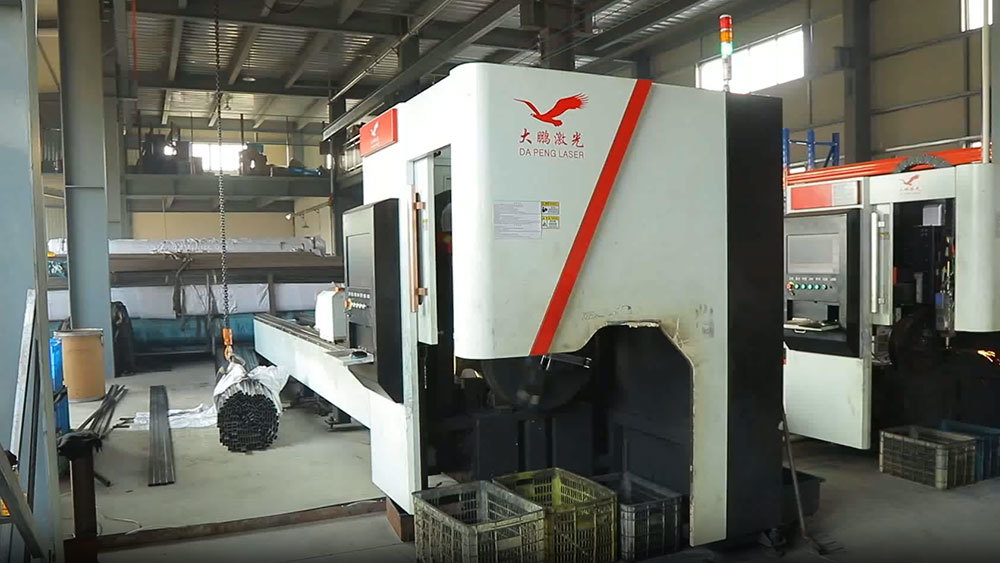Blogs

Top Mistakes to Avoid When Riding a Two Wheel Drive Off Road Motorcycle
22 Mar,2025
Top Mistakes to Avoid When Riding a Two Wheel Drive Off Road Motorcycle
Off-road motorcycling is an exhilarating adventure that brings you closer to nature while providing adrenaline-pumping excitement. However, this thrilling activity comes with its own set of challenges. For those who ride two-wheel drive off-road motorcycles, avoiding common mistakes is crucial for both safety and enjoyment. In this article, we will delve into the **top mistakes to avoid when riding a two-wheel drive off-road motorcycle** and offer valuable tips to enhance your riding experience.
Table of Contents
1. Understanding Your Motorcycle’s Capabilities
2. Incorrect Tire Pressure and Its Effects
3. Neglecting Proper Gear and Equipment
4. Poor Riding Techniques
5. Overlooking Trail Conditions
6. Inadequate Maintenance Practices
7. Ignoring Weather Conditions
8. Riding Beyond Your Skill Level
FAQs
Conclusion
1. Understanding Your Motorcycle’s Capabilities
One of the primary **mistakes** riders make is not fully understanding their motorcycle's capabilities. Each two-wheel drive off-road motorcycle is designed with specific features tailored for different riding conditions. Familiarize yourself with the motorcycle’s power, weight distribution, suspension system, and braking system. Riders should consult the owner’s manual to understand the optimal use of their machine. Misusing your motorcycle can lead to severe accidents and diminish your riding experience.
The Importance of Familiarization
Before hitting the trails, take time to familiarize yourself with your motorcycle’s controls and functionality. Perform pre-ride checks to ensure everything is in working order. By understanding what your motorcycle can and cannot handle, you significantly reduce the risk of accidents.
2. Incorrect Tire Pressure and Its Effects
Tire pressure plays a crucial role in off-road performance. Riding with the wrong tire pressure can lead to various problems, including reduced traction, uncomfortable rides, and even blowouts. **Under-inflated tires** can cause excessive rolling resistance and poor handling, while **over-inflated tires** can make the ride harsh and unforgiving.
Finding the Right Pressure
Always consult the manufacturer’s guidelines for the recommended tire pressure for off-road riding. It’s advisable to check tire pressure before every ride, as it can change with temperature fluctuations and riding conditions. Adjust your tire pressure based on the terrain you will be navigating.
3. Neglecting Proper Gear and Equipment
Riding without the appropriate gear is a mistake that can have dire consequences. Wearing a helmet, gloves, knee pads, and other protective equipment is essential for safeguarding against injuries. Many riders underestimate the importance of gear, believing that it is unnecessary for short rides or mild terrains.
Invest in Quality Gear
Investing in high-quality motorcycle gear not only protects you but also enhances your comfort and performance. Look for gear designed specifically for off-road riding, as it often incorporates features such as moisture-wicking fabrics, reinforced padding, and ventilation.
4. Poor Riding Techniques
Riding techniques are vital when it comes to off-road riding. New riders frequently struggle with body positioning, throttle control, and cornering techniques. Using incorrect techniques can lead to loss of control, especially on uneven terrain.
Mastering Riding Techniques
Practicing proper riding techniques can significantly improve your skills. For instance, maintain a loose grip on the handlebars, keep your body relaxed, and position your weight appropriately when navigating obstacles. Consider taking an off-road riding course to learn these techniques under the guidance of professionals.
5. Overlooking Trail Conditions
Each trail comes with its own unique challenges, and overlooking trail conditions is a common mistake. Different terrains, such as mud, sand, rocks, or gravel, require different approaches and techniques. Failing to assess the trail ahead can lead to dangerous situations.
Adapting to Different Trail Conditions
Before starting your ride, take a moment to evaluate the terrain. Look for signs of erosion, water crossings, or loose rocks. Adjust your riding style accordingly to accommodate for these conditions. Being adaptable is key when navigating off-road trails.
6. Inadequate Maintenance Practices
Routine maintenance is essential for ensuring that your motorcycle operates smoothly and safely. Many riders neglect regular maintenance, leading to mechanical failures during rides. Common maintenance tasks include checking oil levels, inspecting brakes, and ensuring that the suspension is functioning correctly.
Establishing a Maintenance Schedule
Create a maintenance schedule that includes regular inspections and necessary repairs. Keeping your motorcycle in top condition not only enhances performance but also prolongs its lifespan. Don’t wait for a problem to arise; be proactive in your approach to motorcycle maintenance.
7. Ignoring Weather Conditions
Weather conditions can drastically affect your off-road experience. Riding in rain, extreme heat, or cold can pose serious risks. Many riders underestimate the impact of weather, leading to hazardous situations on the trails.
Planning for Weather Changes
Always check the weather forecast before heading out. If inclement weather is predicted, consider postponing your ride. If you do venture out, ensure you're dressed appropriately for changing conditions, and be prepared to adjust your riding style to account for reduced visibility and traction.
8. Riding Beyond Your Skill Level
One of the most significant mistakes a rider can make is overestimating their abilities. Many riders push their limits too quickly, attempting challenging maneuvers or rough terrains without adequate experience. This not only endangers their safety but also the safety of others on the trails.
Progressing at Your Own Pace
It's vital to progress at a pace that matches your skill level. Start with easier trails and gradually work your way up to more challenging routes as your skills improve. Seek mentorship from more experienced riders and engage in group rides where you can learn from others.
FAQs
1. What should I wear when riding off-road?
When riding off-road, wear a full-face helmet, goggles, gloves, body armor, knee and elbow pads, and sturdy boots. Quality gear is essential for protection against falls and obstacles.
2. How often should I check my motorcycle's tire pressure?
You should check your motorcycle's tire pressure before every ride, as it can fluctuate with temperature and riding conditions.
3. What maintenance tasks should I perform regularly?
Regular maintenance tasks include checking oil levels, inspecting brakes, cleaning the air filter, tightening loose bolts, and ensuring the chain is properly lubricated.
4. How can I improve my off-road riding techniques?
To improve your off-road riding techniques, consider taking a riding course, practicing in various terrains, and observing experienced riders to learn from their techniques.
5. Can I ride a two-wheel drive motorcycle in all weather conditions?
While two-wheel drive motorcycles can handle some weather conditions, it’s important to avoid riding in severe weather, such as heavy rain or snow, as it can compromise safety and control.
Conclusion
Riding a two-wheel drive off-road motorcycle can be one of the most liberating experiences for adventure enthusiasts. However, avoiding common mistakes is essential for ensuring not only your safety but also the enjoyment of your ride. By understanding your motorcycle's capabilities, maintaining proper tire pressure, wearing appropriate gear, mastering riding techniques, and adapting to varying trail and weather conditions, you can significantly enhance your off-road riding experience. Remember, the key to being a successful off-road rider lies in continuous learning and adaptation. Embrace the thrill of the ride, but always prioritize safety and skill development.
Related Blogs

















